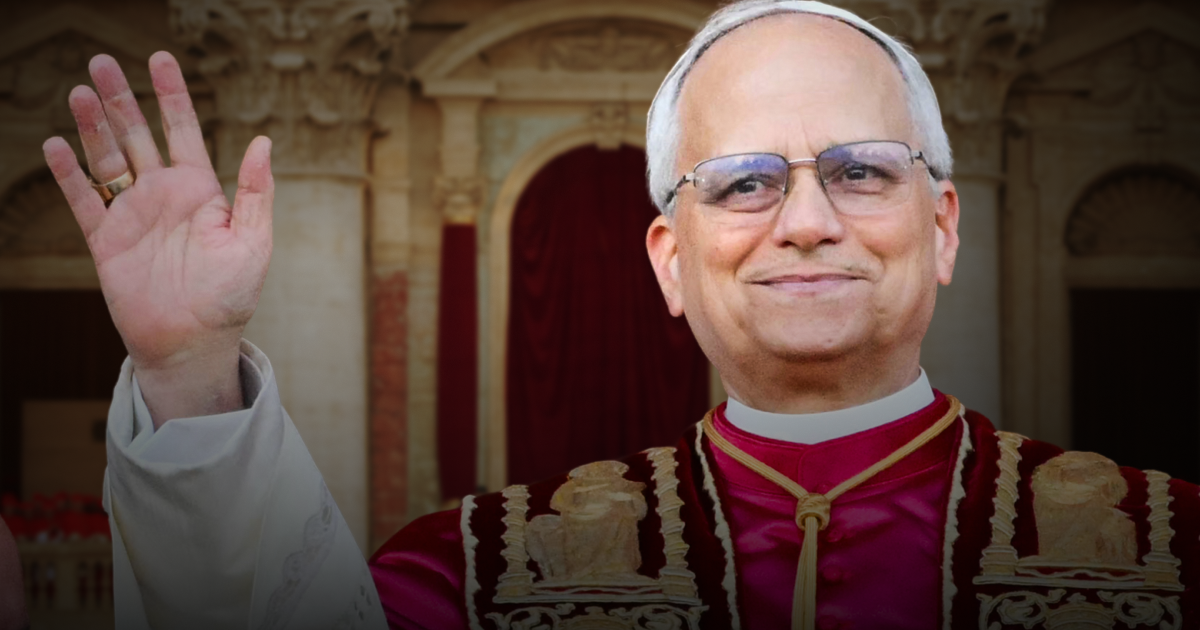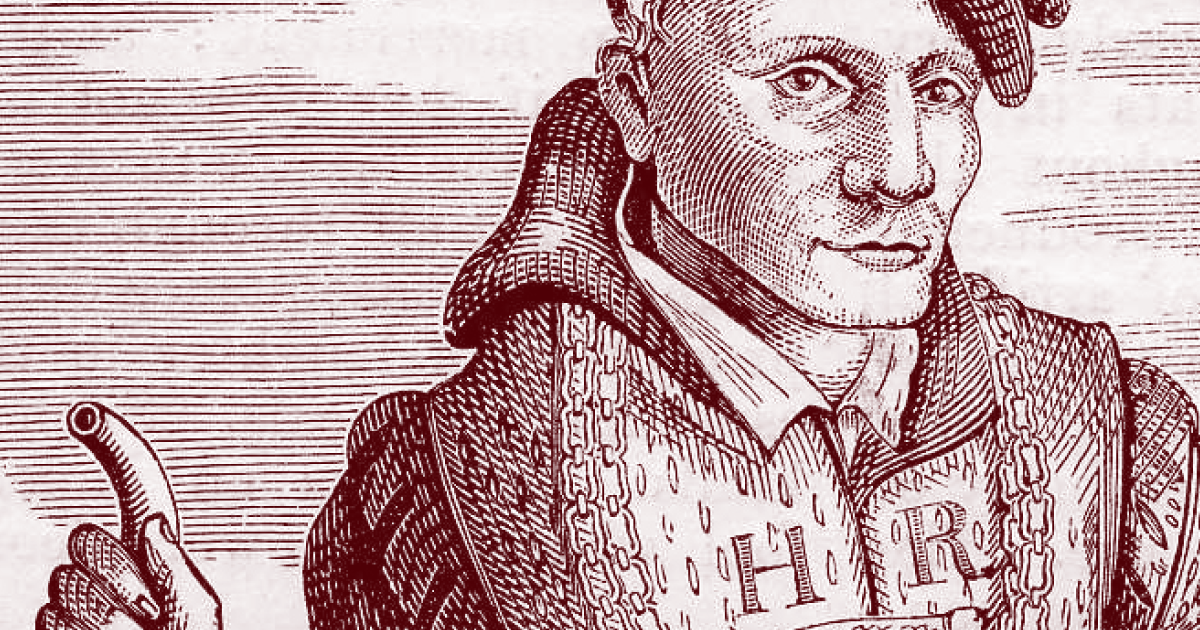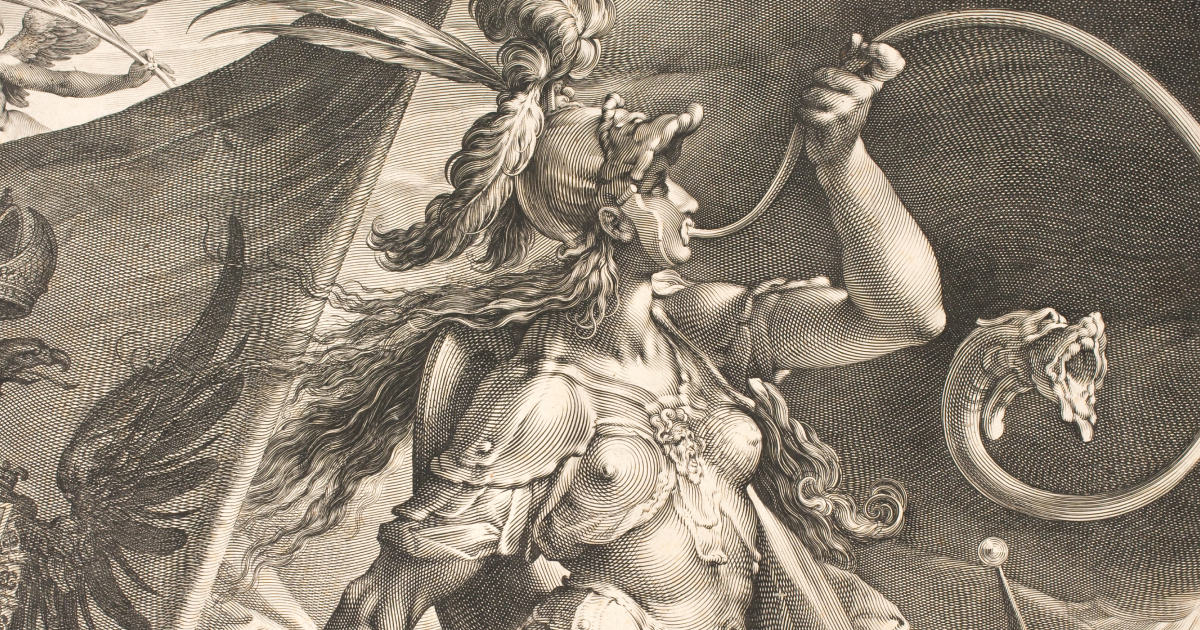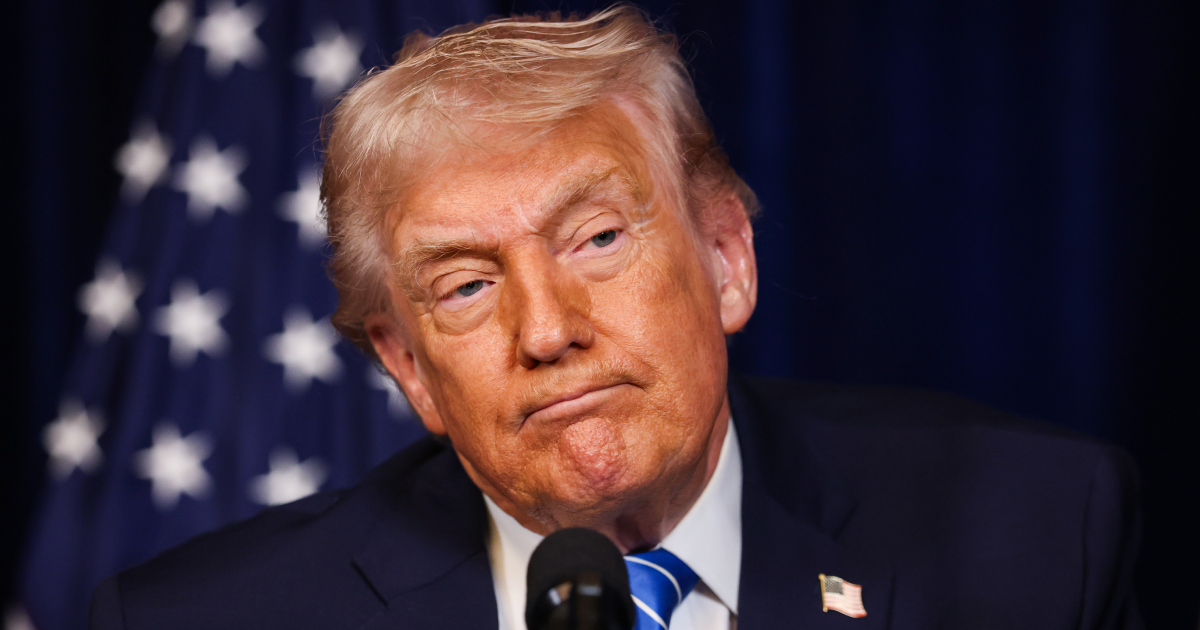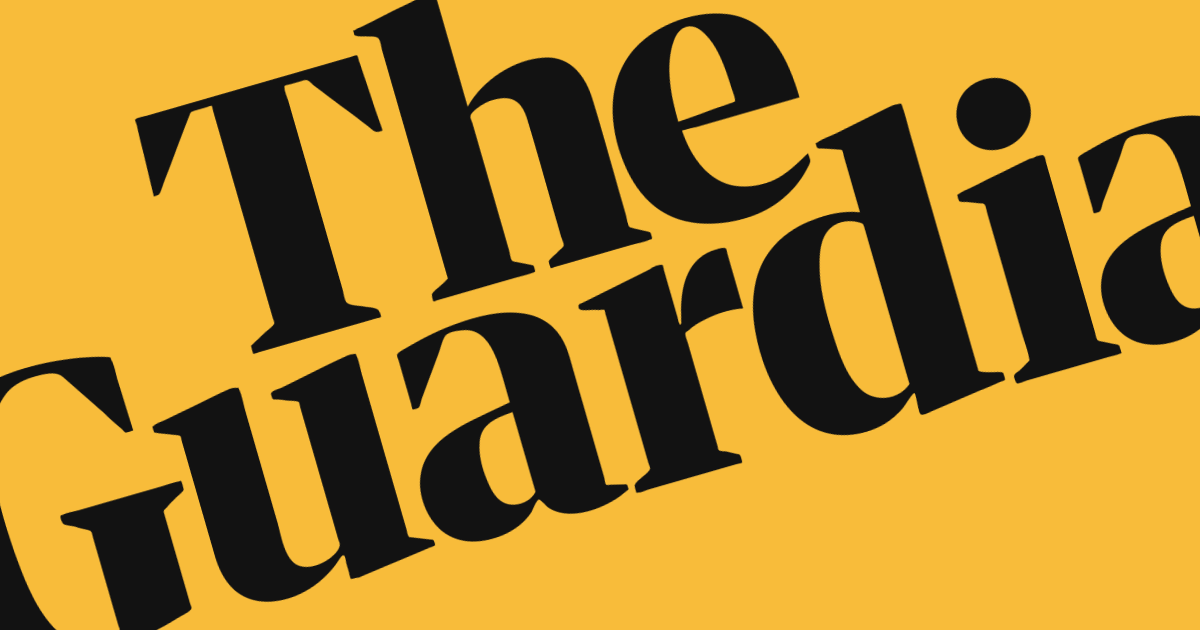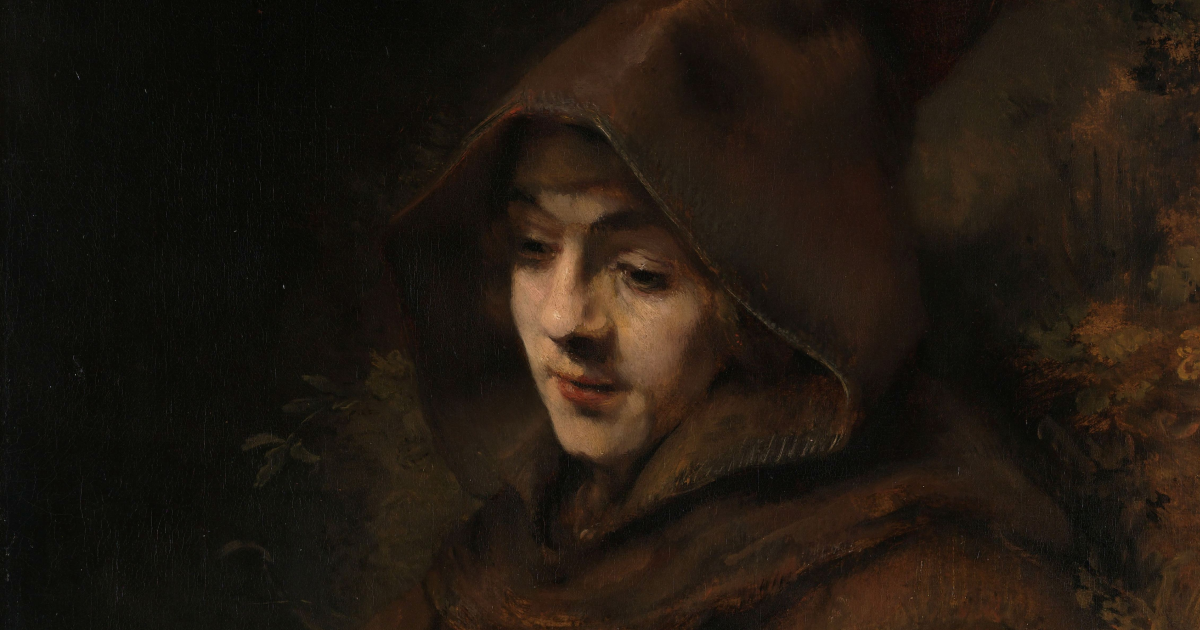In any other year, August offers us the prospect of a month of relaxation, a period when one might gather one’s breath in preparation for the onset of autumn. But for Catholics, this August is an exception. Far from catching our breath, we are holding it.
Pope Leo has gone on holiday and is about to return after his first 100 days in office. On his return, he will disclose what kind of pope he intends to be, and in particular, what his relationship with his predecessor consists of.
The usual task after a first one hundred days is to assess what has happened, with a view to it acting as a guide to the future. But not this time. Very little has actually happened, and what has taken place has not offered a reliable guide for the future. This has caused many observers a good deal of anxiety.
It is a truism in therapy that all the therapist needs to do is keep silent, and the patient will start talking. Silence is unsettling for many. We do not experience it very often.
And the Pope has given us two kinds of silence. The first is the absence of any indication of direction: a silence of intent. The second is the silence of his vacation. He has disappeared on his much-needed holiday. It may not prove to be all rest and relaxation, but for the moment he is gone, apart from social and summer gatherings of pilgrims and others.
During his time away, he has been planning his strategy for the autumn. Among his tasks is a review of the Dicasteries. The choices he makes there—leaving, moving, or replacing people—will give the first real indication of what kind of pope he is going to be. But there is no indication yet of what those choices will be, which has been worrying for many.
And in the Catholic Church at this particular juncture, there is anxiety and worry in plenty. My email inbox is full of anxious, not to say neurotic, concerns among the conservative faithful, who have become convinced that Leo has been appointed to be Francis II and will develop heterodoxy and ambiguity as a consequence.
On the other side, the internet has thrown up a post describing how the former President of the Republic of Ireland, Mary McAleese, has launched “a dark and deranged attack on Pope Leo” in a bizarre new article. She appears to be almost hysterically fraught over the possibility that Pope Leo will prove to be a Pius XIII, just as conservatives are petrified he will turn out to be Francis II.
Is there anything that we know after the first one hundred days?
We have seen how the Pope has conducted himself discreetly and carefully, with a degree of diplomatic finesse that suggests he is only too aware that one of his main tasks is to unite the Church, and in particular to build a bridge that can cross the chasm between Benedict and Francis.
Those who desperately wanted him to renounce some of Francis’s more ambiguous or destructive measures have yet to see any action. This suggests he may be aware that there is a greater need to defend the dignity of the papal office by not overtly critiquing his predecessor than there is to immediately make corrections.
Some of his episcopal appointments were already in process before his election and so cannot be attributed to his own emerging strategy.
At the top of the concerns of both conservatives and progressives are the Pope’s references to the Synodal process.
On one hand, the Pope has spoken enthusiastically about synodality, but there remains the essential caveat that it can mean totally different things depending on how it is defined—and he has not defined it. On the other hand, the study groups which, under Pope Francis, were to have reported in June have had to be postponed. In fact, they have been postponed without any date attached at all.
It was joked that Pope Francis signalled right and turned left. Pope Leo has signalled that he wants to restore the continuity of the dignity of the Church through what he wears, his inclusion of Latin, how he sings, and the language he uses. Will the actions he takes harmonise with the public conservative choreography of his performances—or contrast with them?
It would be foolish in the extreme to make predictions about this very careful, very measured new Pope, who has entered a period of preparation before disclosing his strategy in a few weeks’ time.
We might, however, use St John Henry Newman’s elevation to Doctor of the Church as a template for what can be expected. If so, history or Providence has provided for the symbolic symmetry that it was under Leo XIII that St Newman was made a cardinal, and it becomes increasingly fitting that it should be under Leo XIV he was made a doctor.
It is clear that the process leading to this outcome began well before the election of Robert Prevost. Nonetheless, the affirmative opinion that this was the mind of the Church took place during an audience on 31 July 2025, and it was announced without delay.
Even if we attribute the dynamics and semiotics of this to the Holy Spirit rather than to the new Pope, a case could be made for suggesting that Newman’s elevation captures exactly what was needed by the situation and acts as a pattern for what is to come.
Newman unites both left and right. They each claim him for their own. Progressives appreciate the rigour of Newman’s intellect as reflected in his initiatives for Catholic universities and Catholic education. They also like to talk of the primacy of conscience, which in their lexicon is a tool for blunting the demands of the rules of tradition, modifying the unyielding demands of Catholic ethics. They see Newman as a champion of the existential integrity of the individual struggling with the weight of Church tradition. His key leitmotif of development of doctrine suggests to them an endorsement of change, including in the Church’s understanding of sexuality, identity, and romantic accompaniment.
At the same time, conservatives hear and understand the influence of Newman differently. For them, Newman’s intellectual rigour affirms the absolute reality of God and his revelation as a corrective to the relativism that Pope Benedict abhorred, but which had already begun to corrode Catholicism in the nineteenth century. Conscience, for Newman, was a means of guiding the believer in accordance with Scripture and tradition, leading ultimately to accountability before God as judge. Development of doctrine was a way of explaining to his former Anglican friends that what looked like inconsistency and corruption was in fact consistency and fruition. It was never meant to be, and could never become, a template for changing the teaching of the Church.
Newman maps the latent ambiguity of our reading of Pope Leo’s future priorities. Like synodality, and like silence, he can be understood in wholly different and contrasting ways. After one hundred days, there is no solution yet to the enigma who is Pope Leo XIV.
But whether you take a progressive or conservative approach, we are all about to find out.




